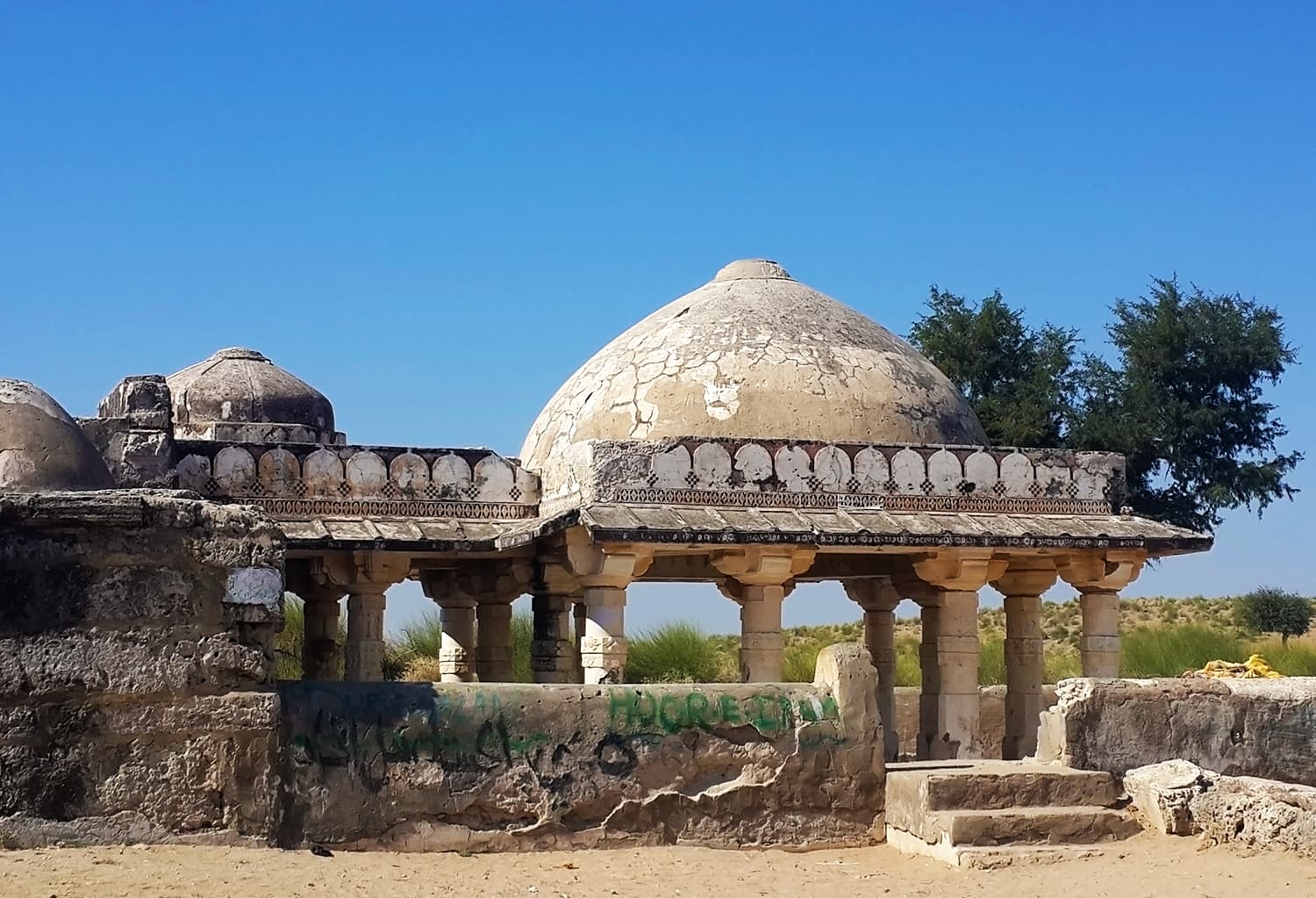- Joined
- Jan 25, 2024
- Messages
- 111,139
- Likes
- 865
- Nation

Sindhis are inhabitants of Sind (or Sindh), the region of arid plains and deserts located along the lower course of the Indus River as it flows on its journey from the Himalayas to the Arabian Sea. Both the terms Sindhi and Sind are derived from "Sindhu," the ancient name of the Indus. Modern Sindhis are descendants of the many peoples who have settled in the area from earliest times.
The Indus is central to the history of the Sindhis. It was along this river that the Harappan (or Indus Valley) civilization developed during the 3rd millennium bc. Usually identified with Dravidian peoples, this sophisticated urban culture matched the achievements of Mesopotamia and ancient Egypt. The Harappans left an archeological record of contemporary life in Sind, but we know less of the centuries following their decline.
From around 1700 bc onward, successive waves of Aryan invaders entered the Indian subcontinent from the northwest. The earliest of these nomadic tribes settled in the Punjab, where the outlines of Hindu Vedic religion and society emerged. This was quite different from urban Harappan culture. It was nonurban, based on the herding of cattle; its religion was dominated by male deities and sacrificial ritual; and its society was organized into a hierarchy of classes (castes), with the Aryans at the top and local non-Aryan peoples at the lowest levels. As the Aryans pressed steadily southward along the Indus Valley, their culture replaced that of the Harap-pans.
The Harappan towns and cities disappeared, with Aryan (Hindu) civilization emerging as the dominant culture of Sind. Subsequently, groups such as the Persians, Greeks, Scythians, and White Huns who entered the region were absorbed into the existing structure of the Aryan-dominated society. During the 3rd and 2nd centuries bc, Sind formed part of the Mauryan Empire. At this time, Buddhism was the main religion in the region, though it was subsequently reabsorbed by Hinduism.
Arabs reached the mouth of the Indus by sea in ad 711 and within a few years gained control of Sind. From this time on, the region was dominated by Muslims and the culture of Islam. Around ad 900, the Arab governors of Sind—at first subject to the Caliph in Baghdad—established their own dynastic rule. Of mixed Arab and local blood, Sumra and Samma chieftains governed for several centuries, eventually being replaced by invaders from Afghanistan between 1518 and 1522.
By the end of the 16th century, Sind was annexed by the Mughals. It remained part of the Mughal Empire until the mid-18th century. Sind was conquered by the British in 1843. (The British General, Sir Charles Napier, in charge of the operation, garnered a degree of notoriety when, after his successful campaign, he sent his superiors the one word dispatch "Peccavi," which is Latin for "I have sinned.")
Sind formed part of the Bombay Presidency of British India until 1937, when it was made a separate province. Following Pakistan's independence, Sind was integrated into West Pakistan in 1955. In 1970 Sind was reestablished as a province of Pakistan.
The Indus is central to the history of the Sindhis. It was along this river that the Harappan (or Indus Valley) civilization developed during the 3rd millennium bc. Usually identified with Dravidian peoples, this sophisticated urban culture matched the achievements of Mesopotamia and ancient Egypt. The Harappans left an archeological record of contemporary life in Sind, but we know less of the centuries following their decline.
From around 1700 bc onward, successive waves of Aryan invaders entered the Indian subcontinent from the northwest. The earliest of these nomadic tribes settled in the Punjab, where the outlines of Hindu Vedic religion and society emerged. This was quite different from urban Harappan culture. It was nonurban, based on the herding of cattle; its religion was dominated by male deities and sacrificial ritual; and its society was organized into a hierarchy of classes (castes), with the Aryans at the top and local non-Aryan peoples at the lowest levels. As the Aryans pressed steadily southward along the Indus Valley, their culture replaced that of the Harap-pans.
The Harappan towns and cities disappeared, with Aryan (Hindu) civilization emerging as the dominant culture of Sind. Subsequently, groups such as the Persians, Greeks, Scythians, and White Huns who entered the region were absorbed into the existing structure of the Aryan-dominated society. During the 3rd and 2nd centuries bc, Sind formed part of the Mauryan Empire. At this time, Buddhism was the main religion in the region, though it was subsequently reabsorbed by Hinduism.
Arabs reached the mouth of the Indus by sea in ad 711 and within a few years gained control of Sind. From this time on, the region was dominated by Muslims and the culture of Islam. Around ad 900, the Arab governors of Sind—at first subject to the Caliph in Baghdad—established their own dynastic rule. Of mixed Arab and local blood, Sumra and Samma chieftains governed for several centuries, eventually being replaced by invaders from Afghanistan between 1518 and 1522.
By the end of the 16th century, Sind was annexed by the Mughals. It remained part of the Mughal Empire until the mid-18th century. Sind was conquered by the British in 1843. (The British General, Sir Charles Napier, in charge of the operation, garnered a degree of notoriety when, after his successful campaign, he sent his superiors the one word dispatch "Peccavi," which is Latin for "I have sinned.")
Sind formed part of the Bombay Presidency of British India until 1937, when it was made a separate province. Following Pakistan's independence, Sind was integrated into West Pakistan in 1955. In 1970 Sind was reestablished as a province of Pakistan.


















































